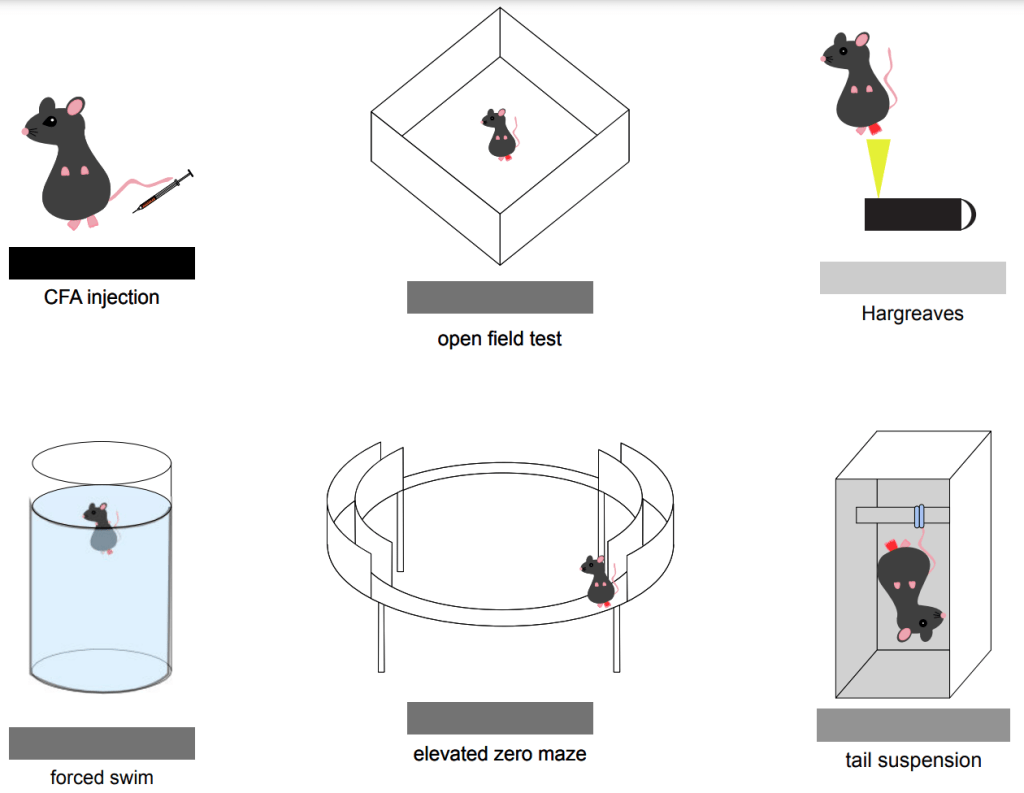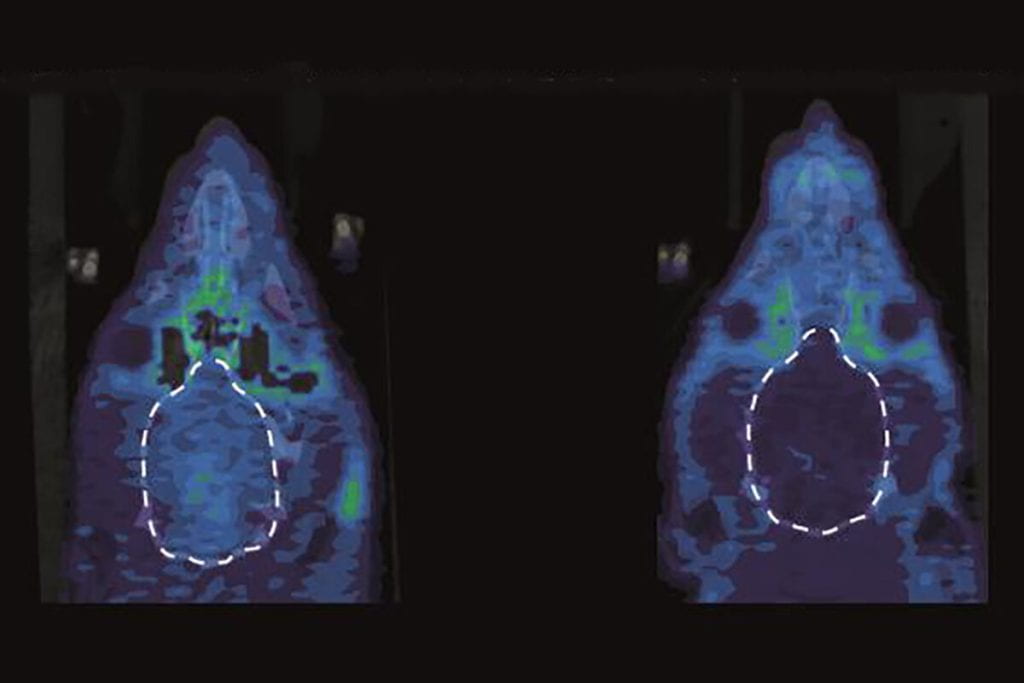Pain and Negative Affective States
Pain is a complex phenomenon composed of sensory and emotional-affective components. As pain persists, the presence of negative affective states can lead to the development of negative emotional states such as anhedonia, anxiety, and depression. While current pharmacological therapies provide high potency in alleviating sensory disturbances, the negative affective states accompanying pain remain undertreated.

Emerging evidence from human and preclinical studies shows deficits in emotional decision-making, reward evaluation, and reward-seeking, or motivation in pain states. These alterations in reward processing and decreased motivation represent key components of pain-induced negative affective states that can lead to the development of anhedonia and depression. Uncovering the neuronal circuitry mediating these pain-induced negative affective states may provide new opportunities to develop safer therapies for pain treatment and limit the development of co-morbid disorders.
The Mesolimbic Pathway
The mesolimbic reward pathway, composed of dopaminergic (DA) input from the ventral tegmental area (VTA) projecting to the nucleus accumbens (NAc), has a prominent role in reward processing and motivated behavior. Clinical studies using neuroimaging approaches have revealed decrease in the magnitude of DA release and DA receptor activation in the NAc in patients experiencing pain. This result is consistent with preclinical evidence demonstrating a decrease in evoked DA release in the NAc in both inflammatory and neuropathic pain. Furthermore, a recent study reports that pain-induced negative affect is associated with adaptations in the dynorphin neurons in the NAc, which are under potent control of DA.
Current Projects

Current project investigates pain induced adaptations within mesolimbic reward pathway, particularly at the level of VTA DA cell body and inhibitory inputs onto them, and how they correlate with negative affective states in pain. We are currently using an array of approaches such as reward-related behaviors, fiber photometry, chemogenetics, pain sensitivity assays and electrophysiology.
Pain Model for Animal Behavior
The complexity of inflammatory pain includes not only dysregulated and impaired reward evaluation, but also difficulty with emotional decision-making and the sustainment of physical and mental activity. Symptoms of prolonged pain overlap with those of anxiety and depression, such as sympathetic arousal, heightened stress sensitivity, insomnia, appetitive changes, and fatigue. Patients who feel greater helplessness, catastrophizing, and anger are at greater risk for suicidal ideation and attempts.
We can translationally model other behavioral outcomes with assays such as the elevated plus maze (EPM) and forced swim test (FST), often described as “classical tests of aspects of anxiety-like or depressive-like behaviors.” The effects of CFA-induced inflammatory pain on exploratory behavior and stress coping, however, are contested in highly heterogeneous published literature.
Current Projects

To end highly heterogeneous published literature we are completing a systematic review and meta-analysis on CFA-induced hind-paw inflammation in rodents and its effect on classical tests of exploratory behavior, stress coping, and naturalistic behaviors. We are investigating subject variables such as species and age, as well as methodological variables such as duration of assessment and time point tested, to determine what factors influence observed effects. In parallel, we use systematic behavioral phenotyping with the aim of uncovering the relationship between the duration and intensity of inflammation, and such behavioral outcomes. Together, these two projects explore the limits of validity in classical behavioral tests for modeling pain-induced negative affect.
The Kappa Opioid Receptor System
Pain represents a growing epidemic in the U.S., afflicting more than 30% of the population. Despite the availability of effective treatments for acute nociceptive pain conditions, negative affective states induced by persistent or chronic pain remain under- or untreated. The persistence of negative affect can lead to sleep disturbances, decrease in motivation to perform daily activities, loss of appetite and the development of mental health co-morbidities such as anxiety and depression. Indeed, pain is highly co-morbid with mood disorders where depression rates range from 30 to 80% in pain patients. During the last decade, many efforts have been devoted to understanding the neuronal mechanisms underlying the aversive, emotional component of pain, an essential step in developing novel treatment strategies.

Using microPET imaging in rodents, we recently demonstrated that inflammatory pain increases overall central kappa opioid receptors (KORs) occupancy, strongly suggesting a central role for dynorphin-kappa opioid receptor (KOR) system in mediating pain-induced negative affective states. We and others have demonstrated that KORs recruitment in the nucleus accumbens (Nac) is necessary for pain-induced decrease in motivation and neuropathic pain-induced negative affective states. Despite the sufficiency of these local pharmacological approaches to reverse the negative consequences of pain, a role for KORs recruitment outside of the NAc to drive pain-induced negative affective states can not be ruled out. While dynorphin-containing neurons from the NAcShell exert local control on accumbal activity, they also project directly to the ventral pallidum, the ventral tegmental area and the lateral hypothalamus.
Current Projects
In that sense, we aim to understand the allostatic changes in the synaptic efferents of the nucleus accumbens shell dynorphin-containing neurons in pain and their necessity in driving negative affective states and opioid seeking.
Written by Tamara Markovic, Dominika Burek, and Nicolas Massaly.